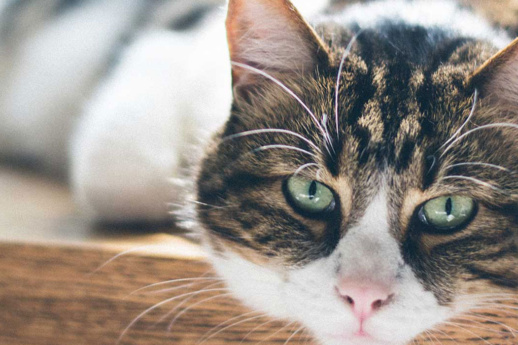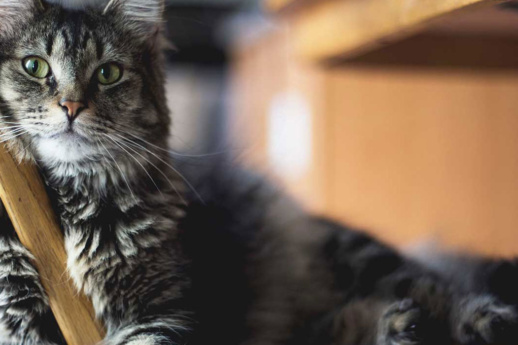Feline AIDS
Feline immunodeficiency virus or FIV (similar to HIV or Human AIDS) is an infection that attacks the immune system of the cat. Up to 1 in 12 cats tests positive for FIV nationally. In cats that are at risk or clinically ill, the infection rate rises to as high as 15%. This percentage is higher here in Florida as I diagnose this disease at least 3 to 4 times monthly.
FIV is a lentivirus that is transmitted primarily thru bite wounds, but also may be acquired from the mother while pregnant. Unlike Feline Leukemia, the virus is not transmitted thru intimate contact such as with grooming behaviors, because the enzymes in the mouth destroy the virus just as HIV is in humans.
Clinical signs usually begin 6-8 weeks after infection and include low white blood cell counts (wbc fight infection), neurologic signs (behavior changes, dizziness, seizures) and severe sickness in general. Cats with AIDS have poor immune systems and do not fight common illnesses as normal cats would. In other words, a simple cold can kill a FIV infected kitty! Many FIV infected cats will have no specific signs of illness and can live 4-5 years without any problems. This disease, however, will eventually kill the patient as does HIV in humans.
There is no treatment or drug cocktails in veterinary medicine as there is in human medicine. There is a new vaccine, however, that was introduced in July 2002. A patient must test negative for FIV before vaccinating. There is a series of 3 vaccines initially with 1 vaccine given each year thereafter.
Any kitty that goes outside at all in Florida is at risk for FIV infection. It is transmitted primarily thru a bite wound commonly occurring during a cat fight. This is a terminal illness, but the vaccine has tested almost 100% effective in preventing the disease. As always, if anyone has any questions, feel free to call the hospital for more information.













